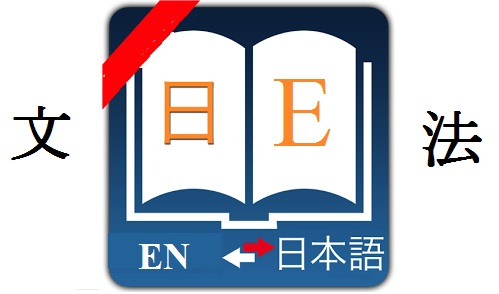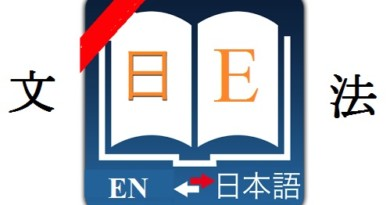Japanese たりして grammar tarishite

Let’s learn Japanese たりして grammar tarishite :
Contents
Japanese たりして grammar tarishite
Formation :
V た+りして
Meaning and how to use :
The structure describes an example and it also implies that there is something more. It is used when we avoid directly aim at the object. This way of expressing is sportiveness.
For example
A:「お水いかがですか」
B:「コーヒーだったりして」
Ei: ‘o mizu ikaga desu ka’
bī: ‘kōhī dattari shi te’
A: “Would you like to drink water?”
B: “how about something like coffee?”
A:「今、ここから学校まで歩いたら遅刻ですよ」
B:「タクシで行ったりして」
ei: ‘ima, koko kara gakkou made arui tara chikoku desu yo’
bī: ‘takushi de okonattari shi te’
A: “If we walk to school nơ, we can be late.”
B: “what about calling a cab?”
そんなことないよ。冗談だったりして。
sonna koto nai yo. Joudan dattari shi te.
It can not happen. Maybe it is just a joke.
A:「そのことは聞いたことないよ。」
B:「だからみんなは君が局外者だと思うので話しないと決めたりしてね。」
ei: ‘sono koto ha kii ta koto nai yo.’
bī: ‘dakara minna ha kimi ga kyokugai sha da to omou node hanashi shi nai to kime tari shi te ne.’
A: “I haven’t ever heard about such thing”
B: “Maybe everyone sees you as a bystander, so they don’t tell you.”
A:「どして今日はだれもいないの。」
B:「今日は休みの日だったりして。」
ei: ‘doshi te kyou ha dare mo i nai no.’
bī: ‘kyou ha yasumi no hi dattari shi te.
A: “Why isn’t anyone here?”
B: “Today can be a day off”
Related structures :
たり~たり tari~tari
たりしたら tarishitara
たりして tarishite
たりしては tarishiteha
Ref : tuhoconline
above is Japanese たりして grammar tarishite. if you don’t understand the signs we used in fomation, you can find their meaning here : signs used in Japanese grammar structures.
You can search the structure you want by using the search tool on our website (using key : grammar + ‘structure name’ or you can find more Japanese grammar structures in the following category : Japanese grammar dictionary
